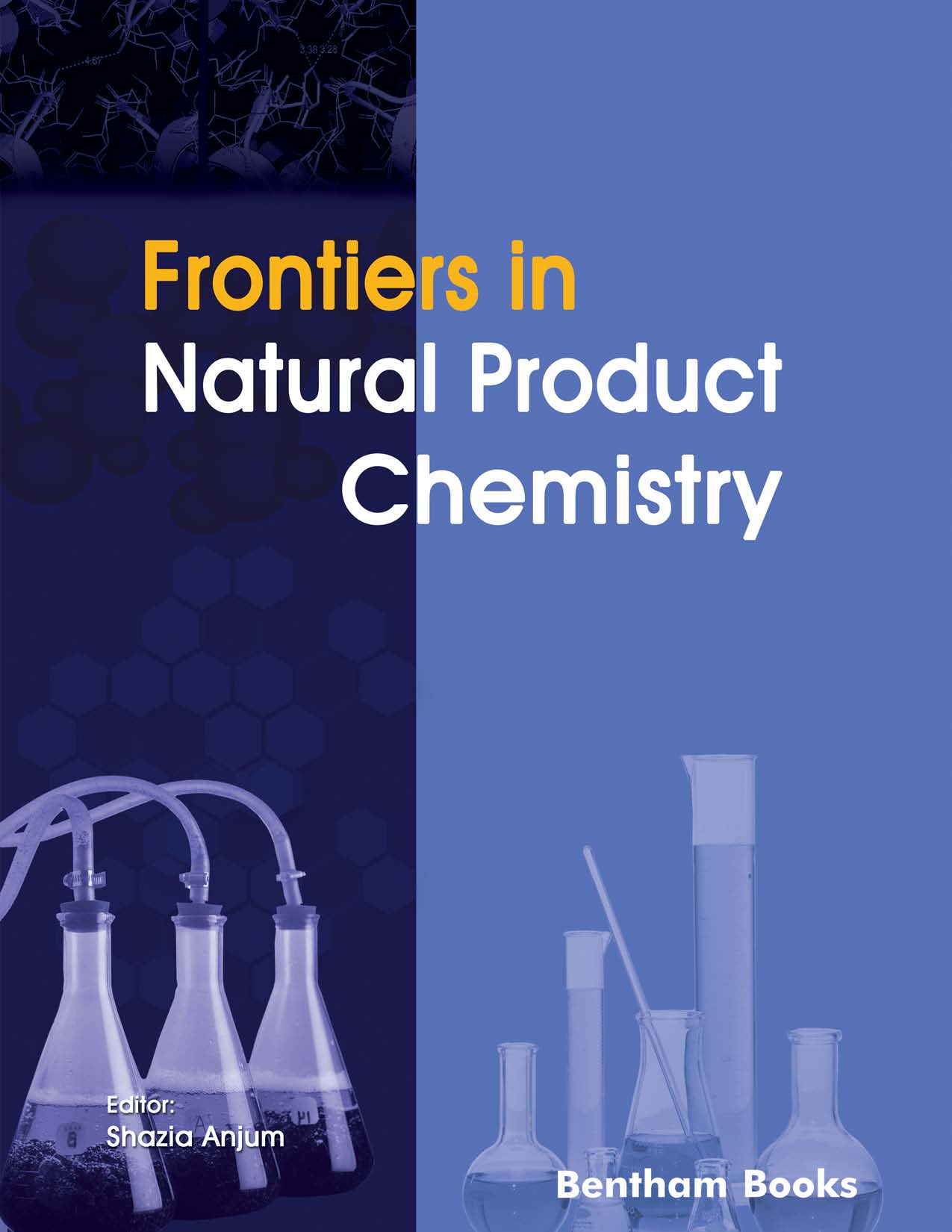Preface
The 11
th volume of
Frontiers in Natural Product Chemistry maintains the tradition of publishing updated knowledge on the subject. Leading scientists contributed 05 extensive book chapters in this volume including advanced methods of isolation, syntheses, computational studies and SARs. Each chapter bears a uniqueness that will definitely attract readers’ and postgraduate students’ attention.
For instance, in Chapter 01, Kumar
et al. discussed the medicinal importance of Turmeric (
Curcuma Longa)- a blessed plant and its phytochemicals that have diverse medicinal properties.
While Öneri and Çolak reviewed some novel natural compounds for hepatocellular carcinoma treatment. The authors have discussed the effect of these natural compounds on the genetic hallmarks of various signaling pathways and important cellular metabolism molecules of hepatocellular carcinoma.
Shivakumar
et al. in Chapter 03, explained the prevention of overexploited herbs for balancing a sustainable ecosystem. It has been emphasized that in the Ayurvedic system of medicine, there is an in-depth biochemical classification of herbs, based on which substitutes can be deduced. Moreover, ancient texts also describe alternate herbs for some key ingredients.
Microbial control is an ever-increasing economic burden that is disturbing human beings and as well as animals. Radhakrishnan and Benny, in Chapter 04, discussed the over-smartness of bacteria by forming some biofilms as safety walls for their existence. Therefore, the multi-drug resistance of bacterial biofilm has constantly challenged the existing anti-bacterial drugs. This chapter deals with a few methods by which biofilm inhibition can be achieved by making use of various synthetic and natural compounds.
The updated review on quercetin chemistry, its structural modifications, SARs and therapeutic applications by Banday
et al. can be found in Chapter 05. Quercetin is a naturally occurring flavone with tremendous medicinal potential and it has a wider scope in medicines as evidenced from this chapter.
It is hoped that this volume will be thought-provoking and trigger further research in the quest for new and novel natural therapies. I am indebted for the great efforts of the entire editorial team, especially Mr. Mahmood Alam (Director Publications) and Ms. Asma Ahmed (Editorial Manager Publications) at Bentham Science Publishers.
Shazia Anjum
Dean, Faculty of Chemical & Biological Science
The Islamia University of Bahawalpur
Pakistan

